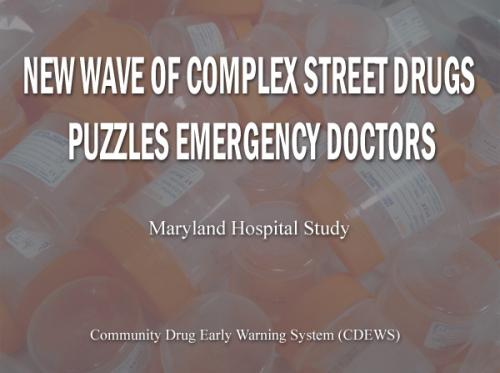At a time when drug overdoses are becoming more prevalent and lethal, a new report provides a snapshot of regional illicit drug use and, for the first time, highlights the complexity of detecting and treating patients at hospital emergency departments for a severe drug-related event.
The objective of the study, which began in 2016, was to identify illicit drugs that caused overdoses in patients at two hospital emergency departments in Maryland.
Emergency physicians were battling a spike in accidental drug overdoses and related deaths, thought to be linked to a group of designer drugs called synthetic cannabinoids that mimic the chemicals in marijuana, known on the street as Spice or K2. One doctor described “atypical overdoses,” patients with breathing difficulties and constricted pupils who responded well to the opioid overdose-reversing drug naloxone, and then required sedation for acute agitation, violence and hyperactivity, all unrelated to opiate withdrawal.
The physicians believed that knowing which drugs were in use might help tailor patient treatment.
MORE: Maryland Hospital Study



